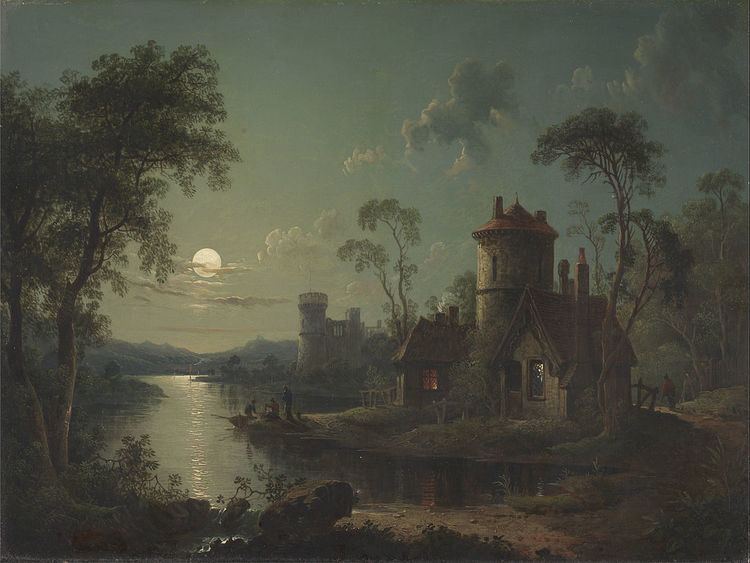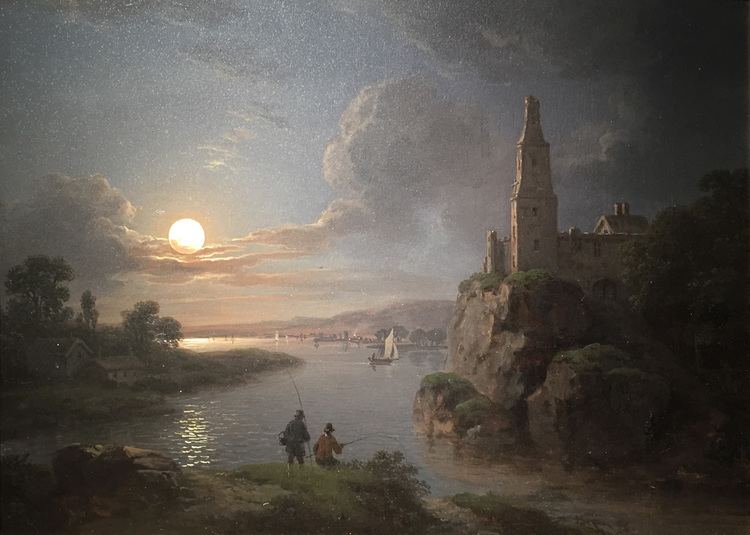Name Sebastian Pether | Role Painter | |
 | ||
Died 1844, Battersea, London, United Kingdom | ||
Beethoven (Moonlight Sonata) and Sebastian Pether (1790–1844)
Sebastian Pether (1790–1844) was an English landscape-painter.
Contents
- Beethoven Moonlight Sonata and Sebastian Pether 17901844
- Beethoven Symphony No 3 and Collections of Abraham Henry and Sebastian Pether
- Life
- Works
- References

Beethoven (Symphony No. 3) and Collections of Abraham, Henry and Sebastian Pether
Life
The eldest son of Abraham Pether, he was a pupil of his father, and followed him in subject matter, but led a beleaguered life. Perth married young and had a large family of nine children, and had few opportunities to create commissioned works and his works were not often exhibited, forcing him to work for dealers to maintain a living. He was well-educated, and even claimed to have first proposed the idea of a stomach-pump to the surgeon Andrew Jukes. During the last years of his life he lost three children to consumption and another to lockjaw; his eldest son William became a mosaic artist. Perth died at Battersea of an inflammatory attack on 14 March 1844 at York Cottage, Battersea Fields, and a subscription was raised for his family. Charity was raised for his surviving daughter in a November 1876 issue of the London Times, who was said to be destitute after ruining her eyesight working as a needlewoman.
Works
Pether's main works consisted in firelights, moonlights and sunsets. In 1814 Pether sent to the Royal Academy View from Chelsea Bridge of the Destruction of Drury Lane Theatre, and in 1826 A Caravan overtaken by a Whirlwind, a commission from John Fleming Leicester, who was his only patron. In the spring of 1842, three pictures which, with the help of a frame-maker, he sent to the Royal Academy, were rejected.
